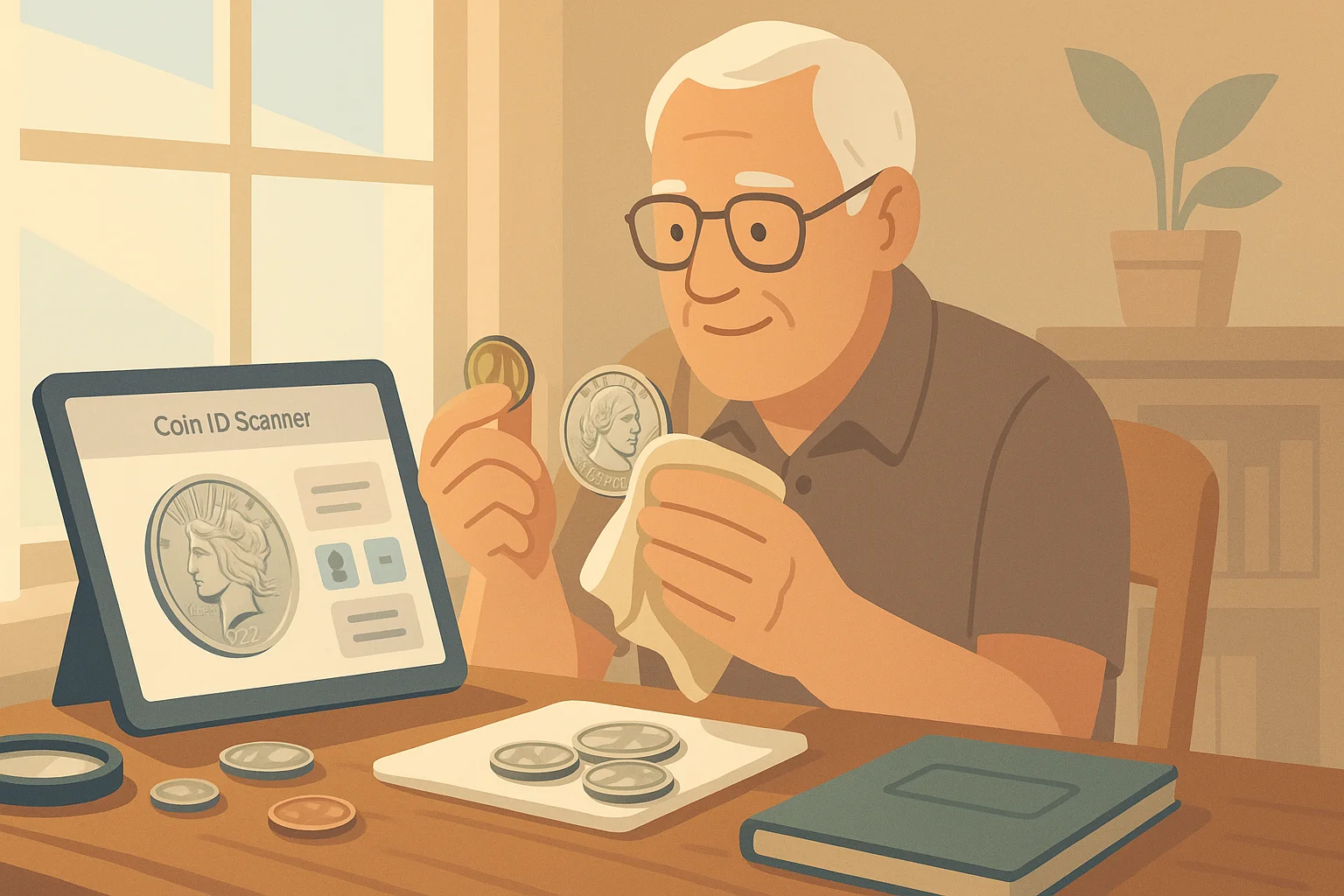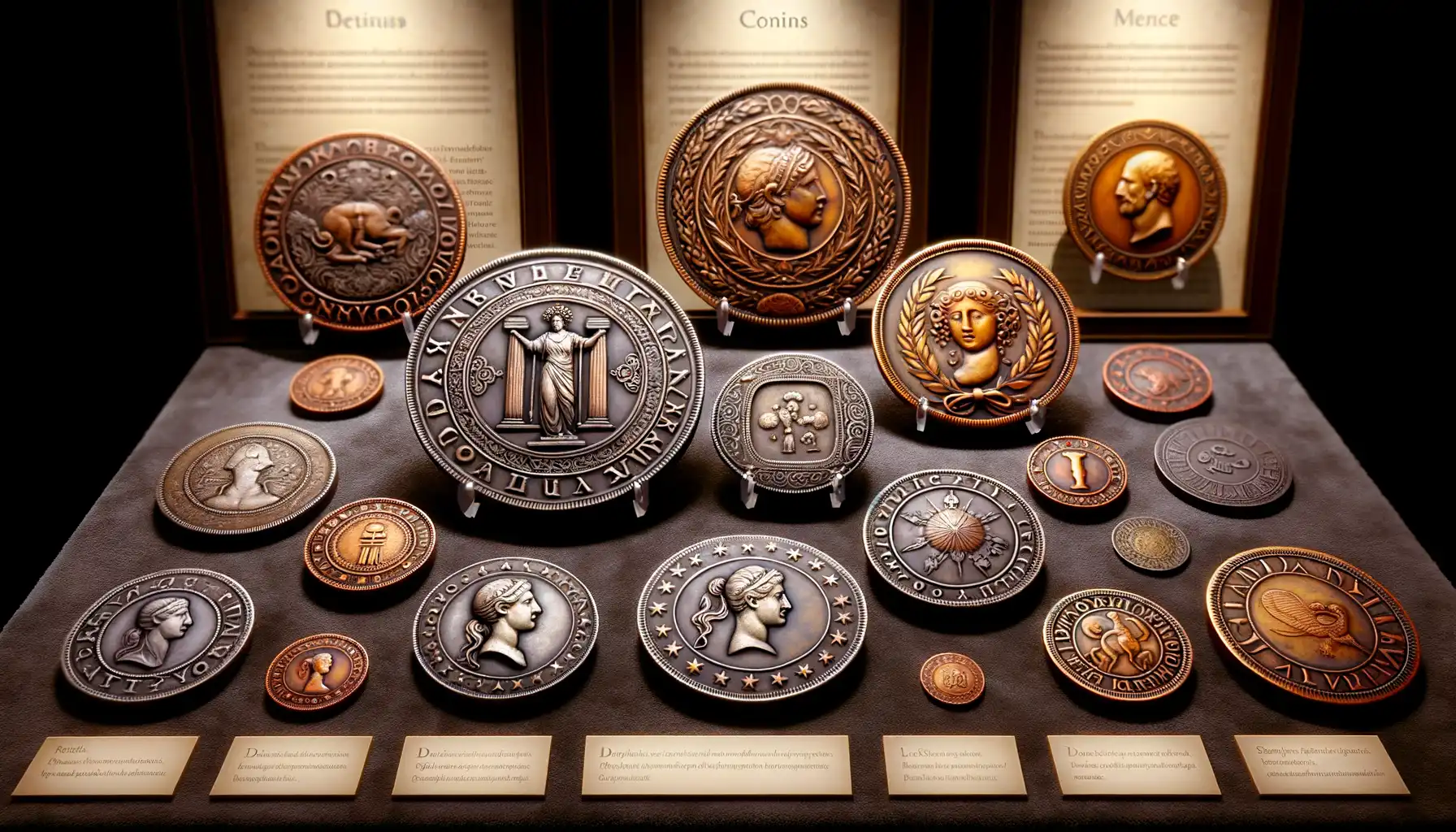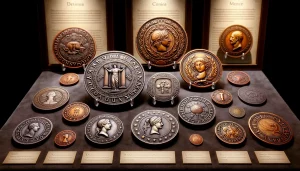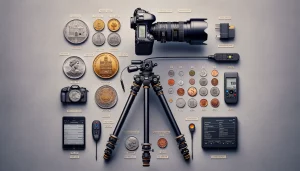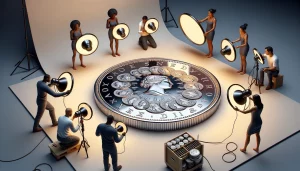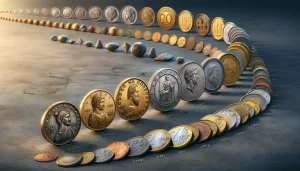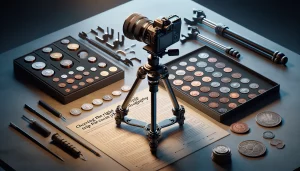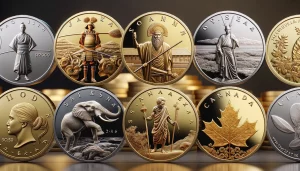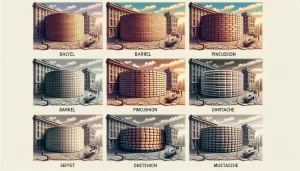Essential Equipment for Coin Photography
Lighting: The Magic Ingredient
Have you ever tried taking a picture of a coin, only to end up with a dull, lifeless image? The secret lies in **lighting**—it can either make your photo *pop* or leave it flat and uninspiring. A simple desk lamp won’t cut it here; you’ll want to invest in adjustable **LED lights** or even a lightbox for that soft, even glow. Stop fighting shadows and glare! Instead, diffuse the light with inexpensive options like **white fabric** or tracing paper. It’s the difference between showing off a coin’s intricate details and having them lost in the dark.
Must-Have Tools for Perfect Shots
No magic wand? No problem. Here are the essentials every coin photographer needs:
- Macro lens or camera: Your smartphone might work, but a macro lens pulls out those fine details, from delicate inscriptions to mint marks.
- Tripod or camera stand: Stability matters. Even the slightest shake can blur your shot, making your coin look like a flying saucer caught mid-action.
- Backgrounds that vanish: Opt for neutral, non-glossy setups—think black velvet or matte boards that let the coin take center stage.
These small but mighty tools turn your photography game pro-level in no time!
Setting Up the Perfect Photography Environment
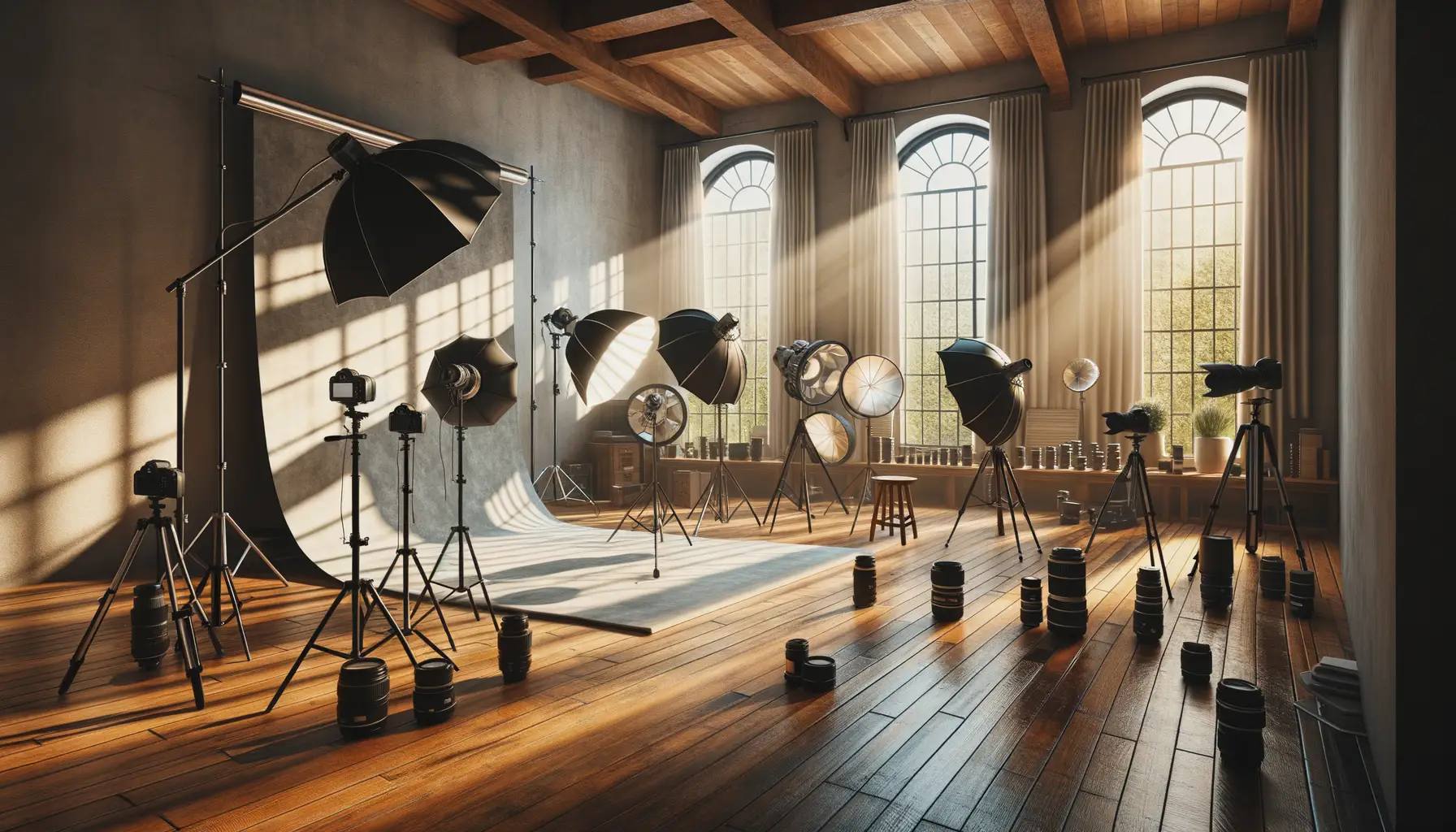
Transforming Your Space Into a Coin Photography Haven
If you want to take your coin photos from “meh” to jaw-dropping, setting the right environment isn’t just important—it’s everything. Imagine your workspace as the stage for your coins to shine like tiny superstars. The goal? No distractions, no weird shadows, no chaos—just pure focus on the intricate glint of those edges and textures.
Start by finding a small, quiet spot where you can control the lighting. Coins, after all, are divas when it comes to light! Natural daylight works wonders, but if that’s unreliable, go for neutral-toned LED lamps that don’t distort colors. And trust me, skip overhead lights—they’ll create ugly glare and funky reflections.
To keep things clean and consistent:
- Use a plain background, like a matte black or white sheet. Patterns steal focus.
- Invest in a solid, stable surface. Coins wobbling mid-shoot? Not fun.
- Declutter your setup. Random items sneaking into your frame = amateur vibes.
Oh, and one more insider tip: humidity is your enemy! Coins can fog up under damp conditions. Keep silica gel pouches nearby to maintain a dry, pristine atmosphere.
Techniques for Capturing High-Quality Coin Images
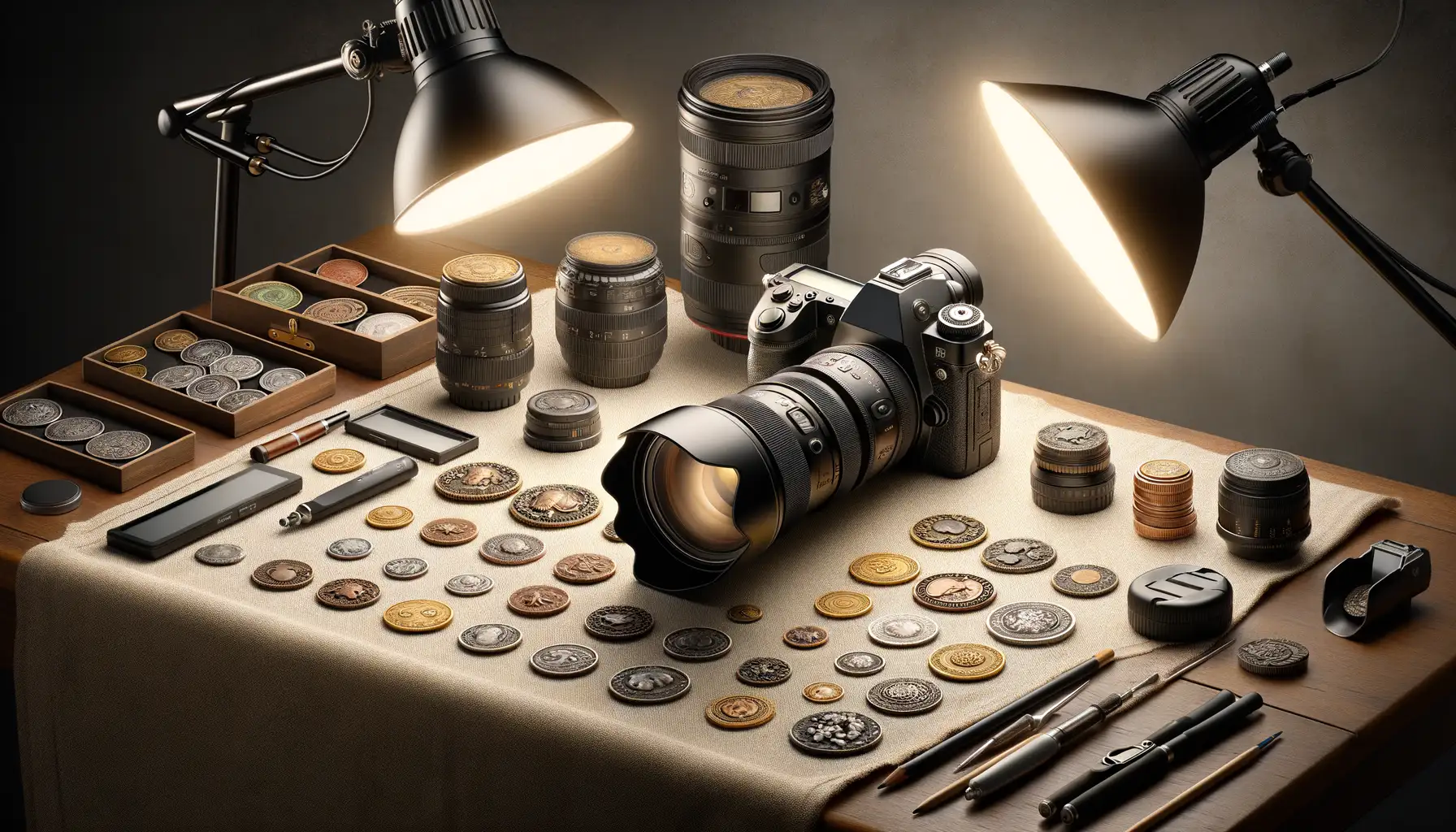
Unleashing the Art of Lighting
Lighting is your secret sauce when it comes to snapping jaw-dropping coin photos. Imagine trying to admire a masterpiece in the dark—it’s impossible, right? To truly showcase a coin’s intricate details, from its shimmering luster to those delicate mint marks, you need to master the light game.
Avoid harsh, direct light like the plague—it’ll flood your shot with glaring reflections. Instead, aim for soft, even illumination. A classic go-to trick? Use a simple light diffuser (even a white sheet of paper can do the job!) to tame strong beams into a gentle glow. Experiment with different light angles too. Sometimes, tilting your light source slightly off-center pulls out hidden textures and finishes that a flat angle might miss. Want drama? Play with shadows!
- Side-lighting: Perfect for highlighting surface details without overexposing the shine.
- Backlighting: Gives translucent coins, like glass tokens, an almost magical aura.
Taming Reflections for Mirror-Like Coins
Mirror-like proofs or polished coins may look stunning in hand, but photographing them? Oh boy—cue the endless battle with reflections. The key here is simplicity and control. First, use a black paper or card to create a “reflection-free zone.” Place it just outside your light’s path to absorb stray glares.
And don’t overlook the camera itself—it loves sneaking into shiny surfaces! A sneaky fix? Set your camera lens at a slight angle to avoid capturing its own smug reflection on the coin. It may seem tiny, but these adjustments make a world of difference.
Editing and Optimizing Your Photos for Online Listings
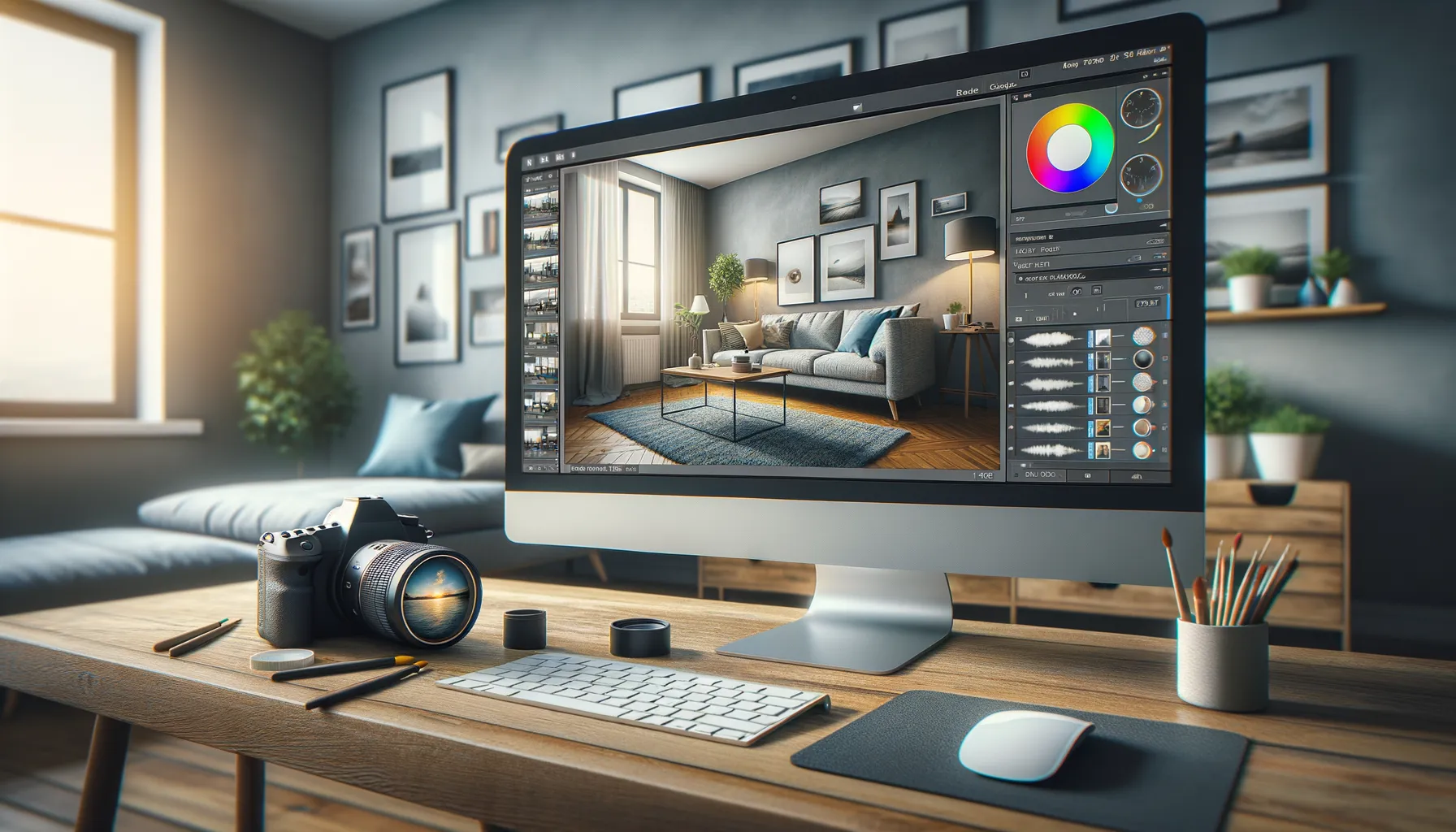
Bring Out the Best in Your Coin Photos
Editing your coin photos is like adding that final polish to a rare gem. Think of it—your photograph might be the first (and sometimes only) impression a potential buyer has of your coin. So, let’s make it shine! Start by cropping out distractions. The focus should stay solely on your coin, not random desk clutter or a sneaky shadow creeping into the frame.
Then, correct the lighting. Too dark? Brighten it up a notch. Overexposed? Dial it down until the details sing. Tools like Adobe Lightroom or even free apps like Snapseed can work wonders here. And don’t forget to tweak the *white balance*. The right tone can mean the difference between golden brilliance and a dull, lifeless hue.
Optimize for Online Listings: Size & Details Matter
When uploading, ensure your image file isn’t enormous. Buyers shouldn’t need super-fast internet to load your pictures. Use tools to resize while keeping sharpness intact. And if your listing allows multiple images, use them wisely:
- A sharp full view of the coin
- Close-ups of interesting details (like mint marks)
- And reverse-side coverage!
Every pixel is a chance to wow. Make it count!
Common Challenges and How to Overcome Them in Coin Photography
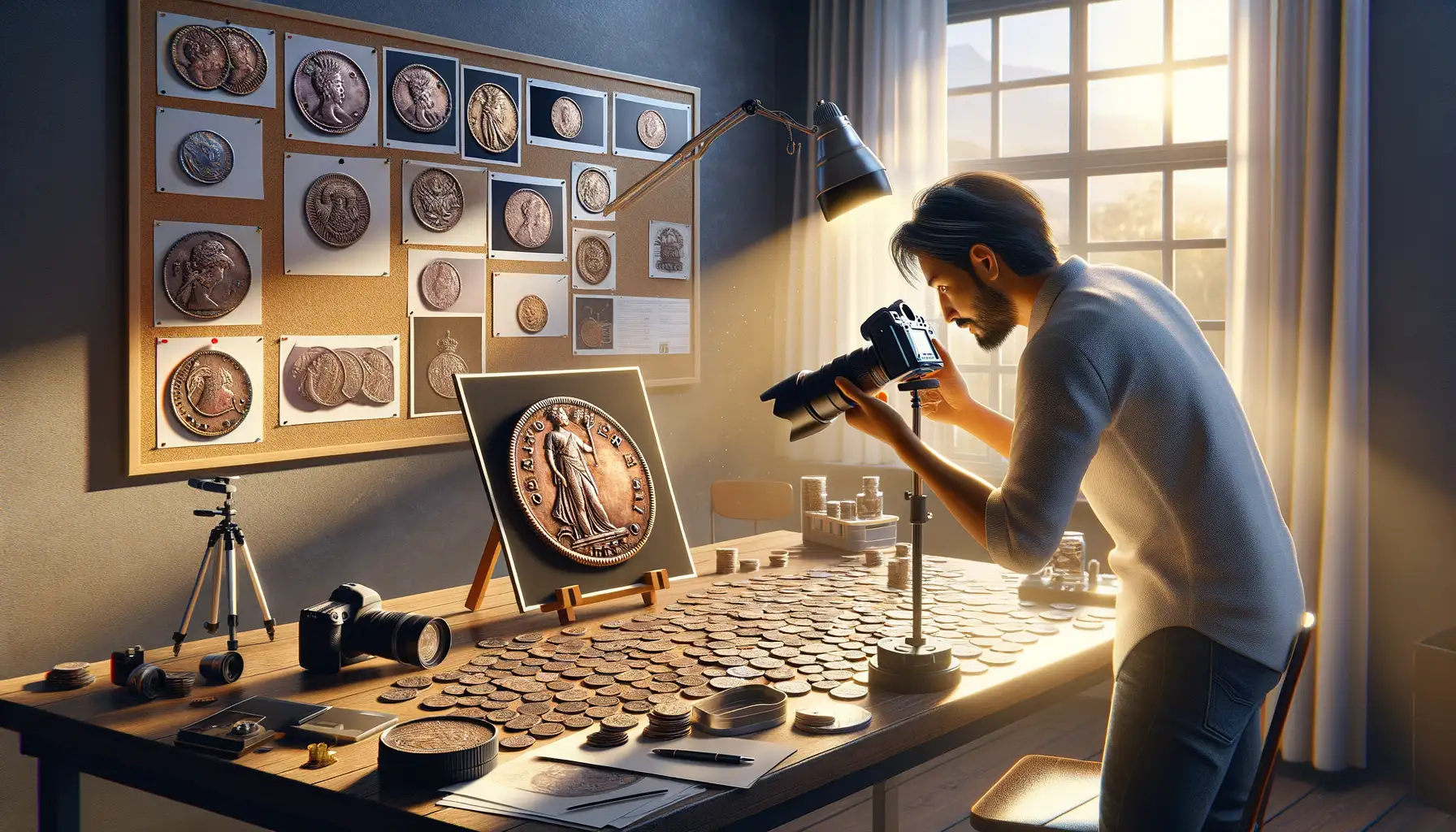
When Lighting Plays Tricks on Your Coins
Lighting can be the sneaky villain of coin photography. Too much glare, and your coin might look like it’s caught in a spotlight; too little, and those intricate details are hidden in shadows. The key? Diffused lighting is your best friend. Try placing a soft light source, like an LED ring light or even a frosted plastic sheet, to spread the light evenly across the coin’s surface.
Another trick—angle matters! Adjust the position of your light until the coin reveals its brilliance without any harsh reflections. Think of it as finding the coin’s “good side” in a photoshoot.
The Struggle With Unwanted Reflections
Reflections are often uninvited guests in coin photography. Shiny surfaces tend to catch everything—your camera, your face, or even that ceiling fan you forgot about. To combat this, get creative:
- Use a circular polarizing filter on your lens to tame the glare.
- Position black cards or fabric around your setup to block reflections while focusing on the coin.
- Shoot from a slight angle instead of head-on to minimize mirror-like surfaces.
These small adjustments can make all the difference between a polished, professional image and a distracting one.
